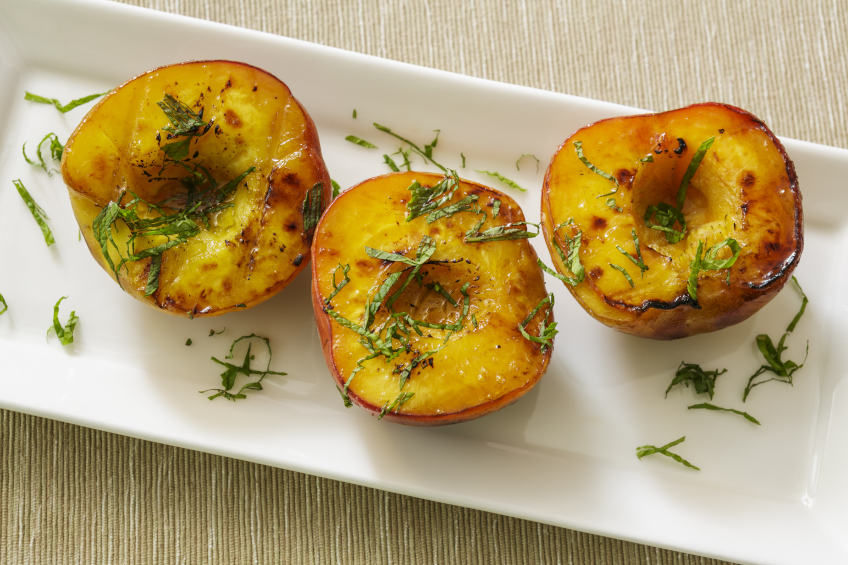
You may be curious about how to eat asparagus. There are some etiquette considerations and nutritional benefits to be aware of. Learn about the cooking method and health benefits of this vegetable, and enjoy asparagus with friends and family. Learn how to peel and prepare asparagus before you start eating your first spear. Here are some tips:
etiquette considerations
Even though eating asparagus without creating a disturbance is fine in most cases, there are some important etiquette points to consider. You should always use a knife and a fork when eating asparagus stems at a party. The cook will remove any hard fibrous parts before serving. However, it's still recommended to use an asparagus fork.
Nutritional value
Asparagus is rich with antioxidants. Asparagus is rich in antioxidants. It contains vitamin C, E, and the mineral, selenium. This plays an important part in the function glutathione peroxidase (one of the most researched antioxidant enzymes). This phytonutrient plays a vital role in eye health and vision improvement, as well as reducing the chance of developing eye disease. Asparagus can also be a source for potassium and fiber.

Method of cooking
Asparagus is a tender gift of spring. In order to cook it to perfection, you'll need a pan with a high heat, and olive oil or butter. It should be cooked for 30 to 40 seconds. Season it with salt and pepper as needed. You should not boil the spears. Also, don't forget about removing them from the water before serving. Here are some simple tips for cooking asparagus:
Health benefits
Asparagus has many health benefits. It tastes great when steamed or lightly blanched and is great with salads, stir fries, and other side dishes. It also tastes great grilled and roasted. The high vitamin K level makes it a great choice for almost every meal. Read on to learn more about the health benefits of asparagus and how to cook it.
Storing asparagus
It is important to remember that asparagus must be stored moist at the bottom and dry at the top. It is best to store asparagus in water or a glass vase that has been covered with plastic wrap. If it becomes muddy, you can refresh it by adding water. Trim the asparagus when the water gets too murky. In the fridge, asparagus will keep for 3-4 days.

FAQ
What does it take to become a chef in the United States? What's the average career path for a chef?
Becoming a chef takes approximately five years. You will be able to learn basic cooking techniques as well as gain practical experience working in a kitchen. After you've completed your training you can apply to be a line cook or sous chef. The annual average salary of a chef is $25,000-$60,000.
Do I need to attend culinary school to become a cook?
No. No. Some went to culinary school simply to gain experience. Culinary school is preferred by most chefs because they have more opportunities to grow and learn. Culinary schools offer hands-on training which allows students to improve their skills and knowledge of cooking.
How can leftovers be stored in the most efficient way?
Tupperware containers are great for storing leftovers. These containers protect food from spoilage and keep it fresh. They also keep foods warm longer. Leftover food can be frozen in freezer bags. You can freeze leftover food by placing it in another freezer bag. This will prevent any air from escaping. Once food has been frozen properly, seal it with a ziplock bag.
Statistics
External Links
How To
How to make a perfect omelet
Omelets is one of my favourite breakfast foods. But how do they turn out so perfectly? There are many recipes and methods I tried, but none worked. Today, I'd like to share some tips with you in order to make delicious and fluffy omelets every day.
First, eggs can be very temperamental ingredients for making omelets. It is important that eggs are fresh from an organic market and kept cool until used. If they are not kept cold enough, the whites won’t form properly. The yolks will also break down too quickly and become runny. This will make your omelets appear strangely colored. If you intend to cook your eggs immediately, it's best to use room-temperature egg.
Another tip is to separate the egg before adding it to the pan. Because this could cause your omelet to become curdled, you don't want any yolk to be mixed with any white.
The egg can burn if it is placed directly on the stovetop. Instead, place the egg in the microwave for 10 second before you put it in the skillet. The microwave heat will cook the egg just right without making it too hot.
Let's now talk about mixing eggs. When mixing eggs, it is important to thoroughly beat them. You can do this by turning the bowl of your mixer upside down. Then, vigorously shake the bowl. This allows the air to be whipped and the egg to be mixed thoroughly.
The fun part is now - adding the milk to the mixture. Mix half of the milk with the eggs. Then fold the eggs in half into the remaining milk. Do not be alarmed if there are still egg streaks visible. Once the omelet flips, these streaks will disappear.
After folding the eggs fold the pan onto medium heat. When the oil starts to hot, wait for the pan to cook. Once the oil starts getting hot, add 1/4 cup of butter to the pan and swirl it around to coat the entire surface of the pan. Carefully open the pan's lid and add salt to the pan. A pinch of salt will help prevent the omelet from sticking to the pan.
Once the omelet has formed completely, cover the pan and let it set for a few minutes. Flip the omelet by using a spatula. Cook the opposite side for another minute. Take the omelet out of the pan and immediately serve.
This recipe works best using whole milk. Skimmed milk is also possible.